An Indonesian entrepreneur makes leather boots from leftover chicken legs
Categories: Animals | Asia | Design and Architecture | Nature | People | Production | Science | Society | Travel | World
By Vika https://pictolic.com/article/an-indonesian-entrepreneur-makes-leather-boots-from-leftover-chicken-legs.htmlAn Indonesian entrepreneur turns chicken legs and scraps into the leather to make shoes.
He sells his shoes as alternatives to those made from reptile skin, which has long been a controversial one in the fashion industry.
The owner says his shoes are not controversial, as the material is scraps from fast-food restaurants.
12 PHOTOS
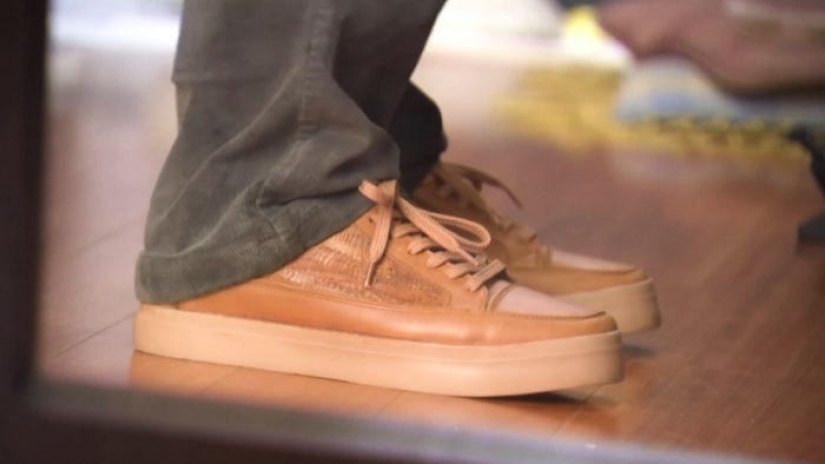
1. These shoes are made from chicken feet.
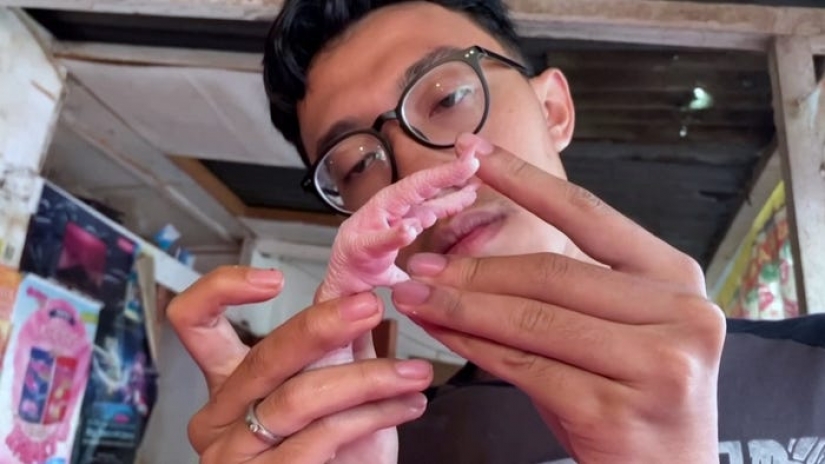
2. They are the brainchild of Nurman Fariki Ramdhani, who makes shoes.

3. He wanted to provide an alternative to exotic animal skins such as snakes and crocodile skins.
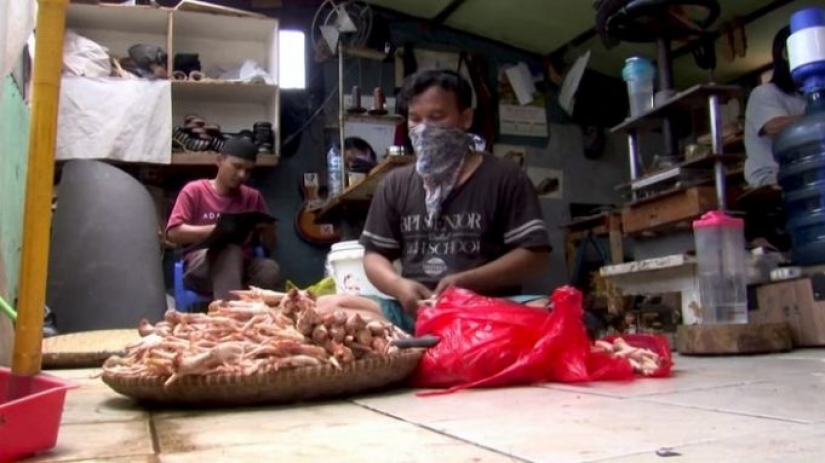
4. Shoes are made by hand.
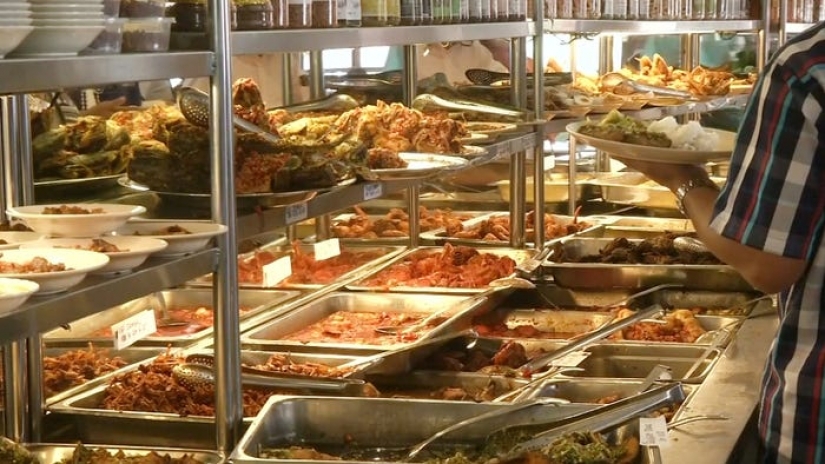
5. The chicken legs that the company uses are leftovers from local restaurants.
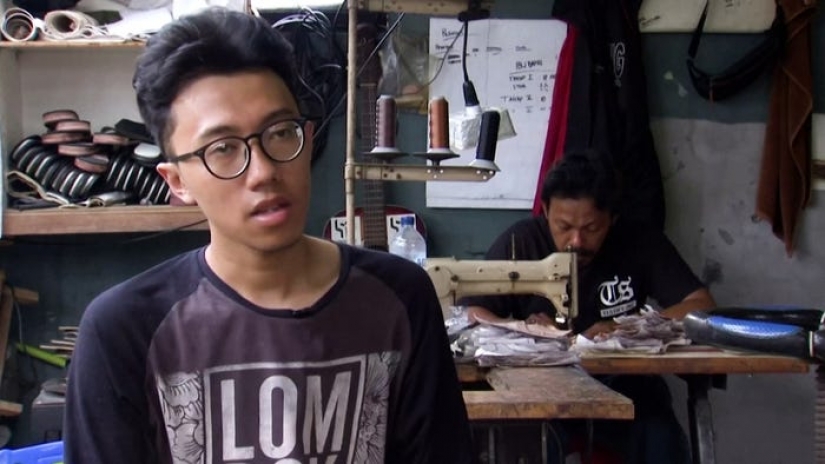
6. “There is a lot of waste. That is why we are trying to recycle them to get more out of them, ”Ramdhani said.
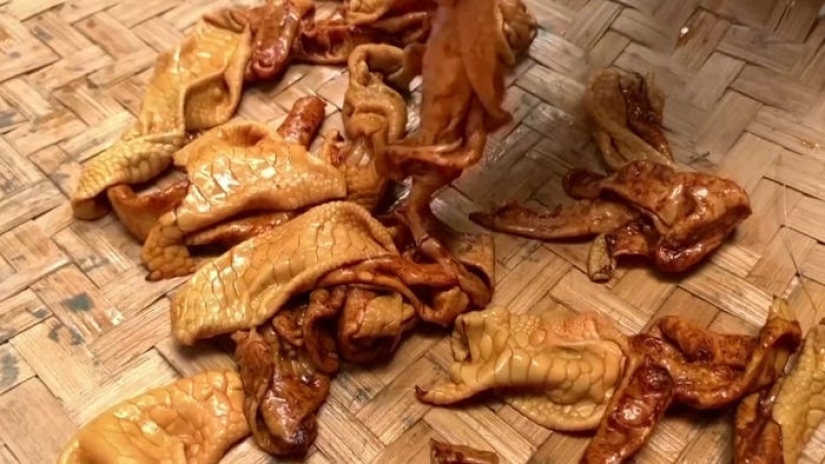
7. The process begins with dyeing the skin.
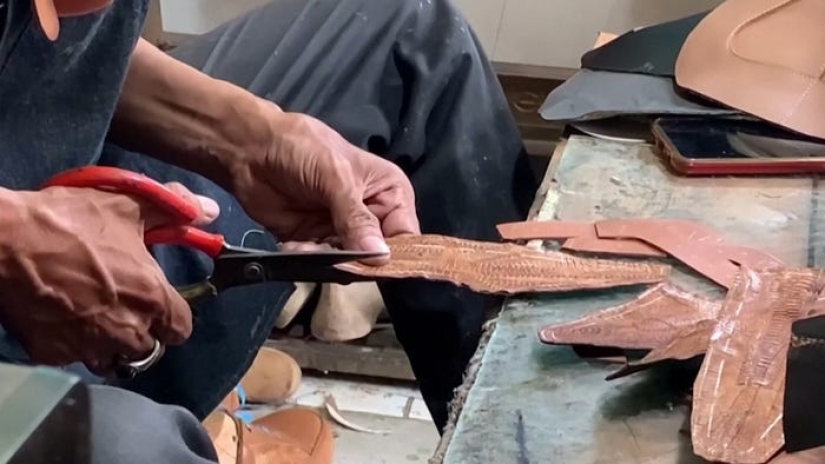
8. And then the pieces are sewn together.
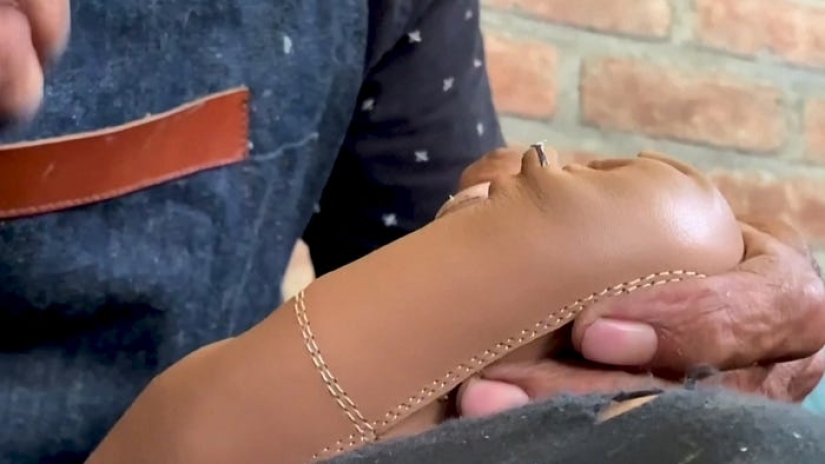
9. “You can feel the luxury of this material,” Ramdhani said.
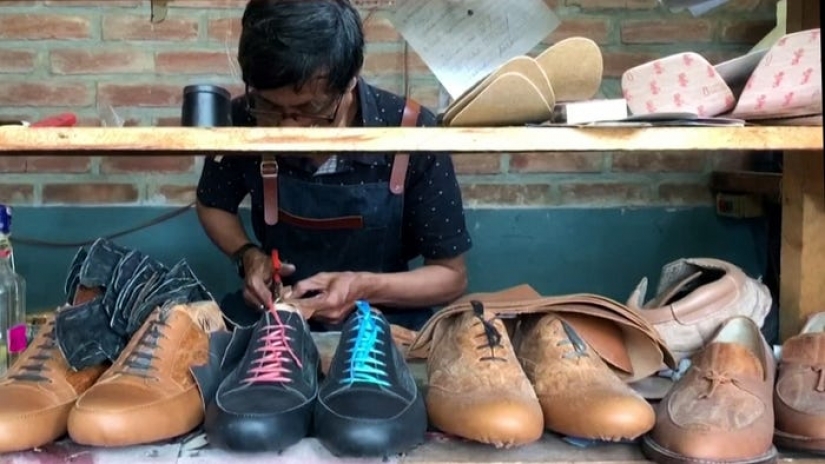
10. The process takes about 10 days.
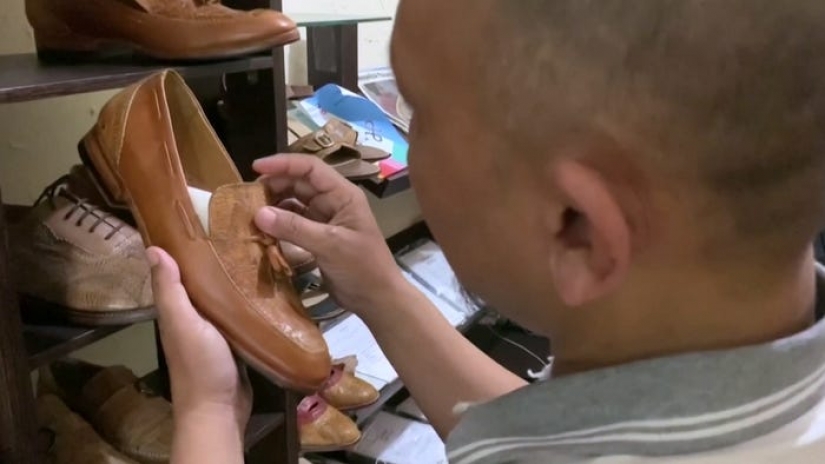
11. One client said, “We always think of chicken legs as being used for cooking food or chips, but they are used as a shoe material. It's also curious, interesting, and unique. "
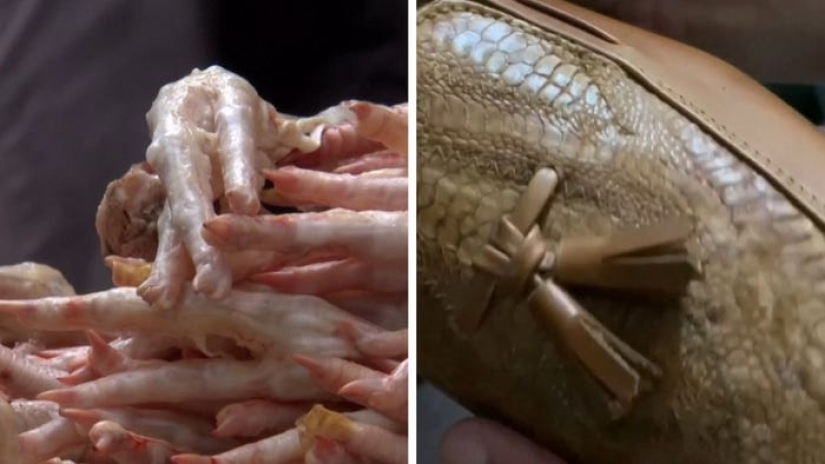
12. Ramdhani hopes customers will see the value of his company.
Keywords: Indonesia | Asia | People | Entrepreneur | Chicken | Shoes | Leather | Boots | Society | Material | Fast-food | Skin | Fashion | Industry | Photo
Post News ArticleRecent articles

Twitter user @FactBuffet collects interesting facts about everything. Today we bring to your attention another series of facts that ...

Aomori Prefecture in the north of the Japanese island of Honshu is an agricultural region famous for its delicious apples. In ...
Related articles

The Himalayas. Tibet. Something cosmic and ethereal sounds in the names. They attract visitors from all over the world. In front of ...

Funerary implements in archaeology and anthropology are objects that were buried with the body, and researchers have learned quite ...

The Indochina Peninsula, located in southeast Asia, is a favorite place for tourists all over the world. Myanmar, Thailand, Laos, ...

Imagine a baby vampire or a tiny zombie with glass eyes ... An artist from the USA Bean Shanine specializes in creating such ...